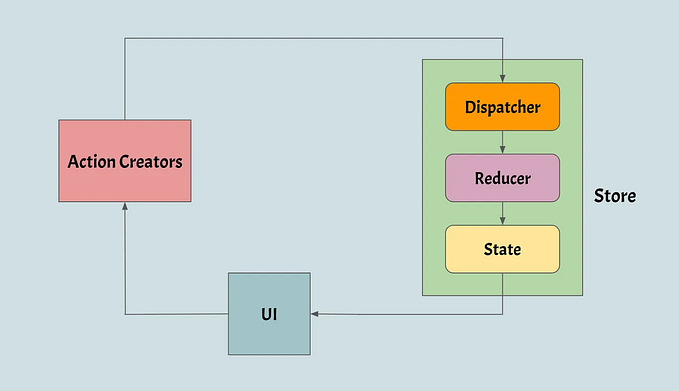Getting Up to Speed with Error Handling in Go
How to take your first steps with error handling in Go, following common code design rules.
Error handling is one of the most important aspects of any application, whether it’s a personal project or a large-scale system. Errors are inevitable, and it’s important to be prepared to handle them effectively.
From missing files to incorrect database records, errors can occur for a variety of reasons, and managing them properly is key to maintaining a robust application.
In this article, we will explore the basics of error handling in Go and learn how to take the first steps toward properly managing errors in your code.

The error interface
An error in Go since 1.13 is just an interface with a single method that returns the related message. That’s it!
// The error built-in interface type is the conventional interface for
// representing an error condition, with the nil value representing no error.
type error interface {
Error() string
}An interface in Go is nullable, so the usual no-error scenario is done by simply returning nil.
In addition, any instances of a type that implements the error interface can be assigned to…









